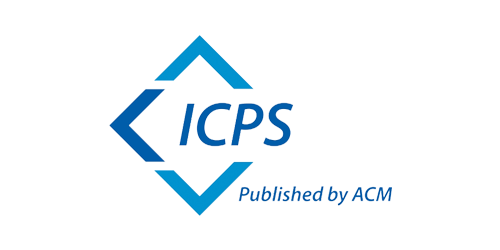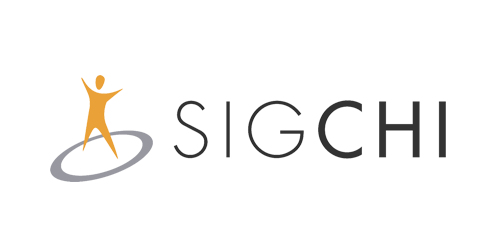Audio in all its forms holds tremendous potential for interaction design. Sound can engage, inform, convey narrative, dramatize, create attention, affection and adventure. However, the abilities to interact with computer systems through and with sound are still not sufficiently explored. The Audio Mostly Conference provides a venue to explore and promote the untapped potential of audio for interaction design by bringing together audio experts, content creators, interaction designers, behavioural researchers and others.
The area of interest covers new interactive applications for sound that demand or allow for some kind of interactive response from the users/listeners. It can for example be in scenarios where screens and keyboards are unavailable, unsuitable or disturbing, but it can also be in contexts where sound in combination with other modalities form new and innovative interfaces between users and machines. The area implies cognitive research and psychology, as well as technological innovations in audio analysis, processing and rendering. The aim is to both describe and push the boundaries of sound-based interaction in various domains, such as industry, mobile applications, computer games, education, entertainment, safety and digital arts.
The theme this year was “Sound for Information and Intuition”
The theme covers ways sound can be used to play a different role in the future compared to now. How can sound for example be used in new ways and contexts to convey information and to put the listeners’/users’ intuition in play. How can we tap into users’ knowledge about and experience of how things sound to convey information in new ways? How can we design human-machine interfaces that can be used more effortlessly, interfaces that use sounds to convey information subtly, without demanding the users full conscious attention? Contributions addressing the use of sound and sonic interaction design in potential future fields are encouraged.



